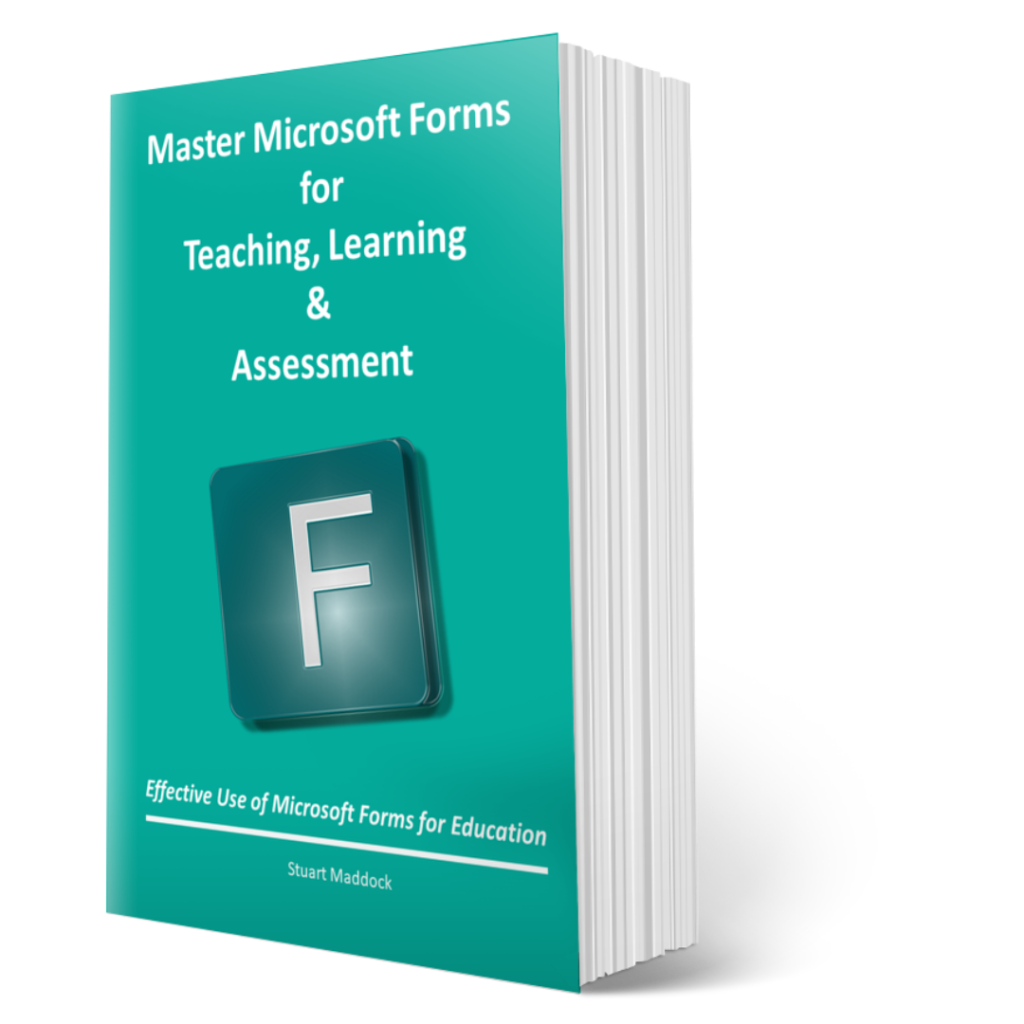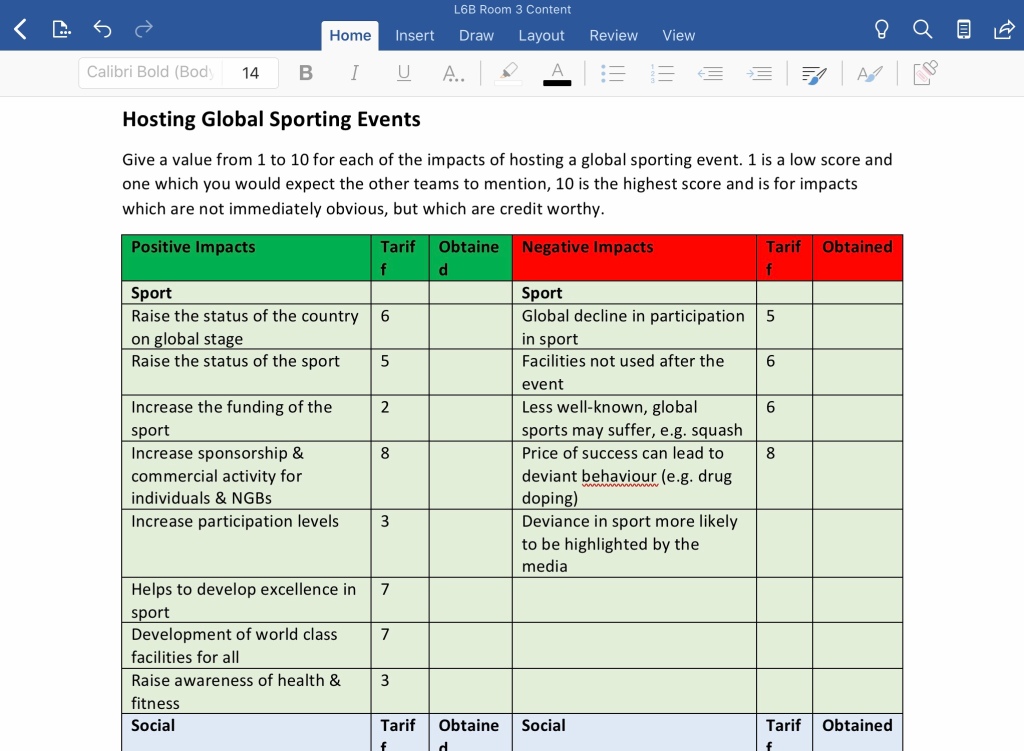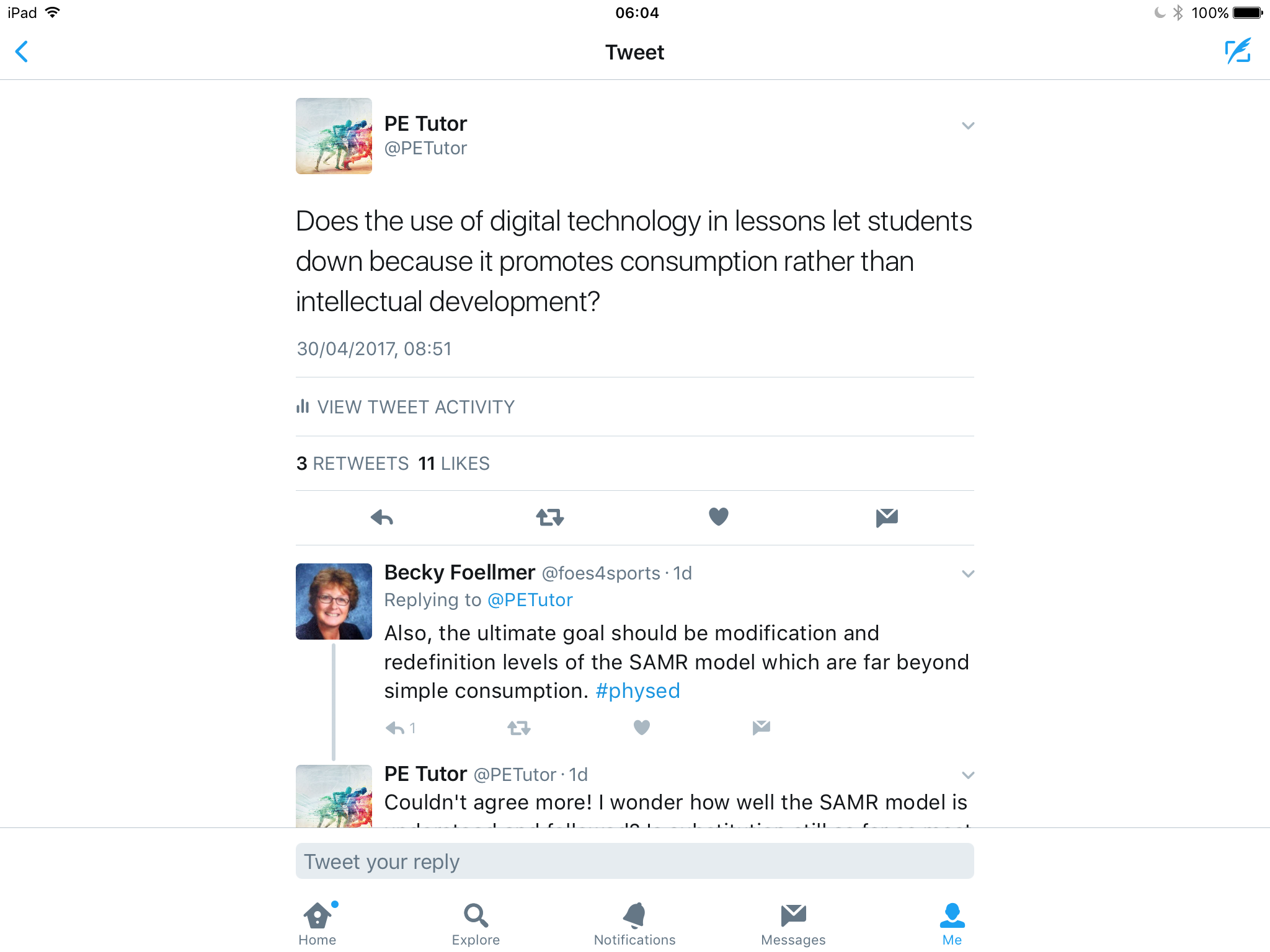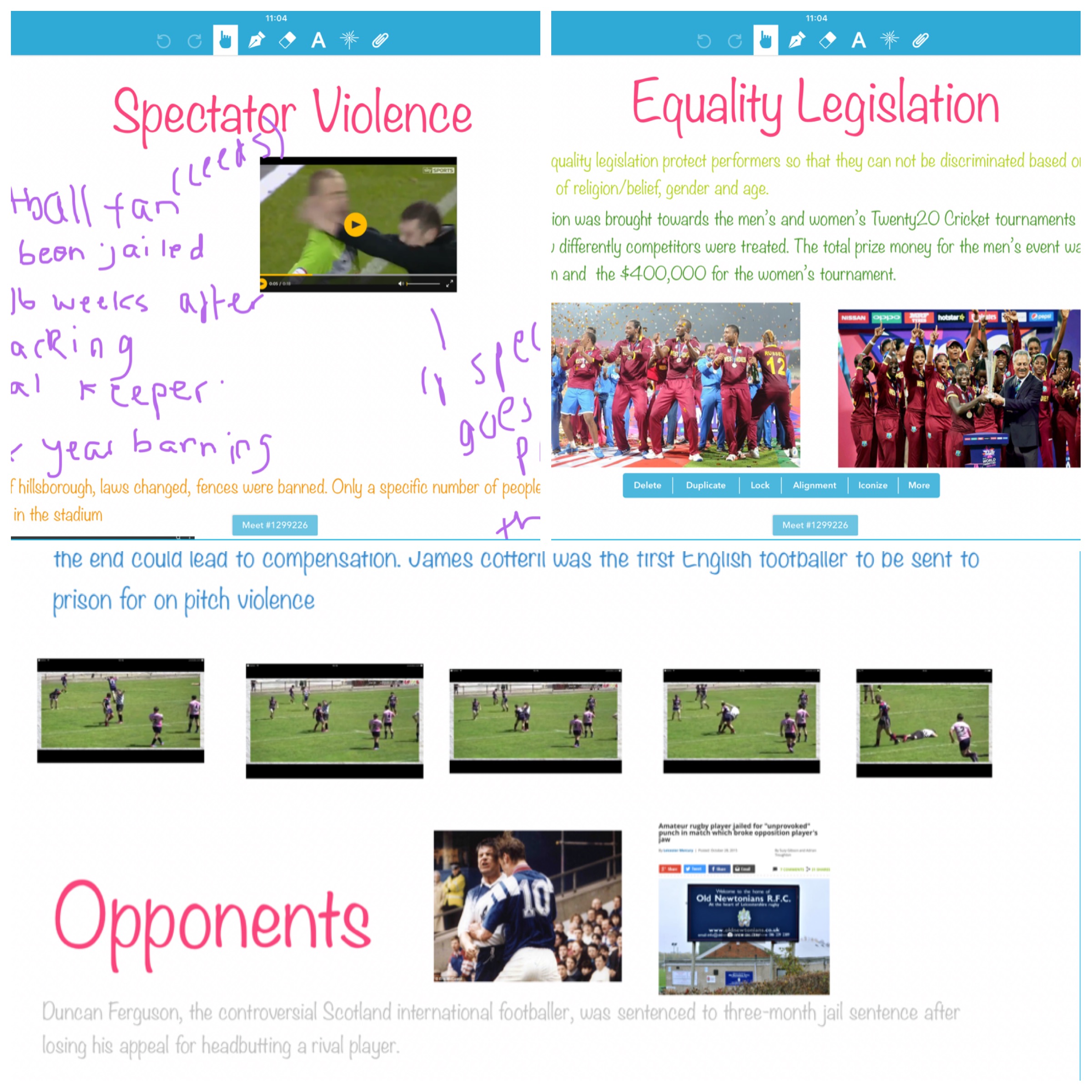My role of Director of Educational Technology at a large independent school in the south west of England is varied, incredibly busy and hugely fulfilling. Supporting the ongoing learning and development of over 150 colleagues in their use of educational technology and fostering the effective use of digital skills by the 1300 plus students at the school is not without its challenges, but it is also immensely rewarding.
My recent completion of the CIPD (Chartered Institute of Personnel & Development) Level 5 Diploma in Learning and Development has assisted me enormously in recognising, pre-empting and overcoming some of those challenges and helped with the provision of professional learning opportunities for my colleagues.
Here are five ways in which I support my colleagues in developing their digital competencies for teaching and learning.
- One To One Training
I make myself available to all colleagues for one-to-one training sessions either in their classrooms or in my dedicated training office (equipped with a large screen to demonstrate the use of software and apps on the PC and / or on the iPad). Often these sessions are one time occurrences in which teachers benefit from confirmation or reassurance about how to use software in a particular way for teaching and learning. I have found that these sessions are often about overcoming one particular barrier which then enables colleagues to make maximum benefit of the particular software that they are using.
The other type of one-to-one contact involves sessions over a period of time in which I adopt a coaching role and support colleagues by asking them questions to assist them in finding solutions to problems themselves and innovative ways of using applications. This is very effective as it encourages teacher autonomy and builds confidence.
In both of these one-to-one scenarios I have progressed to being present with the teacher in their classroom during their lessons. By doing so I have been able to oversee the smooth implementation of the technology in the lesson while the teacher can continue focusing on teaching and learning. Recently I was present in a drama lesson in which the teacher made excellent use of Flipgrid. I was there in a supporting role to ensure that anything on the technical side could be overcome without interrupting the flow of the lesson and learning.
Similarly, following one-to-one training with a teacher of Spanish I was present in the classroom with him when he introduced Flipgrid. I was able to support students on a one-to-one basis with setting up the app and showing them how to operate it successfully. This led to the smooth running of the lesson and some excellent digital content creation by the students.
- One To Some Training
In one-to-some training scenarios I work with small groups of colleagues in workshops where I encourage collaborative learning so that teachers can learn and find out together, and support one another with the development of their digital competencies. Recently I have worked with teachers new to the school, ECTs and PGCE students who had not worked with Apple Classroom or the Microsoft suite of apps before.
- One To Many Training
One-to-many training refers to offering training and support to a large number of people in a group, for example a whole subject department or faculty. In these situations I am able to tailor the training to the specific needs of the department. This is a two-way process which involves communication and liaison with the head of department initially in which conversations will establish what the needs of the department are and with colleagues within the department to recognise and understand their individual and group needs. From that needs analysis, I create bespoke training specifically for each department. Recently this has included working with the history department to create quizzes using Microsoft Forms for retrieval practice and the Music department creating quizzes whilst listening to pieces of music using Microsoft Forms and Edpuzzle, working with the English department looking at how to make effective use of OneNote and the Physical Education department and how best to utilise the affordances of Flipgrid in student coursework activities.
CPD Sessions
Educational technology and digital learning falls in the teaching and learning category of our whole school CPD offering. In these sessions I offer training to colleagues across departments who are particularly interested in developing their competencies in using software and how it can be successfully integrated into their pedagogy to support effective teaching and learning.
The key to success in this area is to offer teachers a choice of different digital learning options so that the focus of the sessions offered are not ‘top down’ (i.e. we are only doing a CPD session on something that I have decided to do, or worse still because I want to!) but are sessions which have been chosen by the teachers from a range of different options. This serves to improve motivation and attendance, as adults are more likely to attend if they want to be there and have an interest in the topic.
Furthermore, successful professional learning and the development of teachers’ digital competencies lies in providing a sustainable programme overtime which enables teachers to learn about the software initially in a safe and non-judgmental environment, (that’s the training session with me and fellow colleagues) and then to be able to gradually implement the use of the software in their teaching and learning context. They should then be given the opportunity to meet with colleagues at a later date (perhaps four or five weeks later) to discuss and reflect on the use of the software (from both a teacher’s and students’ perspective) and share the successes and failures that they have encountered. It is so important to go beyond just a one-hour CPD session and assume that teachers will be fully equipped with the wherewithal to successfully run with new software in their teaching.
- On Demand Learning
The pandemic obviously had an enormous influence on the way in which teachers use digital technology for teaching and learning and one of the offshoots of the pandemic was the way in which I provided on demand learning to colleagues. At the onset of the pandemic I created a number of video tutorials on how to use Microsoft Teams and OneNote which were extremely well received and which served to support colleagues at the start of and during the pandemic. Now that we are back ‘in-situ’ the development of on-demand learning content has continued with the creation of an increasing number of video tutorials about a variety of different applications that could be used for teaching and learning.
As teachers have become more aware of the videos and have turned to them frequently, the idea of ‘just-in-time learning’ and ‘learning at the point of need’ has become more prevalent, leading to teachers being more confident and secure in their use of educational technology.
I created a page in SharePoint called the EdTech Learning Hub which houses several pages about using Microsoft applications, such as Teams, OneNote, Forms, Flipgrid and PowerPoint. In addition to this, I create a short video most Fridays which is published in our staff bulletin. These Edtech Friday tips provide quick snippets of information and updates of developments in digital learning which teachers are able to quickly and easily implement into their practice.
Beyond that, also housed in the Edtech Learning Hub is a podcast which is called Teachers’ Stories and which involves colleagues discussing the way in which they have successfully used applications in their teaching and learning. This empowers teachers as it provides a platform for them to both share and learn. Topics have included how OneNote can be used to provide oral feedback to students, the use of quizzing apps such as Socrative and Quizlet for retrieval practice and spaced learning and how Forms has been employed to foster flipped learning.
- Social & Collaborative Learning
It is also important to provide a forum for colleagues to exchange experiences and to support one another in their use of educational technology. With this in mind we set up a specific Team in Microsoft Teams called Edtech Mutual Support in which colleagues could post anything that they wanted to with regards to educational technology and digital learning. This included articles or points of interest they had become aware of and questions which other colleagues were able to answer. Thus a whole staff peer support mechanism was in place. This has proved to be enormously successful and popular and it has helped to develop a culture of peer learning. Although I and colleagues in our IT Services department do receive specific questions via the chat or post channels, I did not see myself as the guru who has all the answers but simply another contributor who is able to learn with and from other colleagues in this context.








